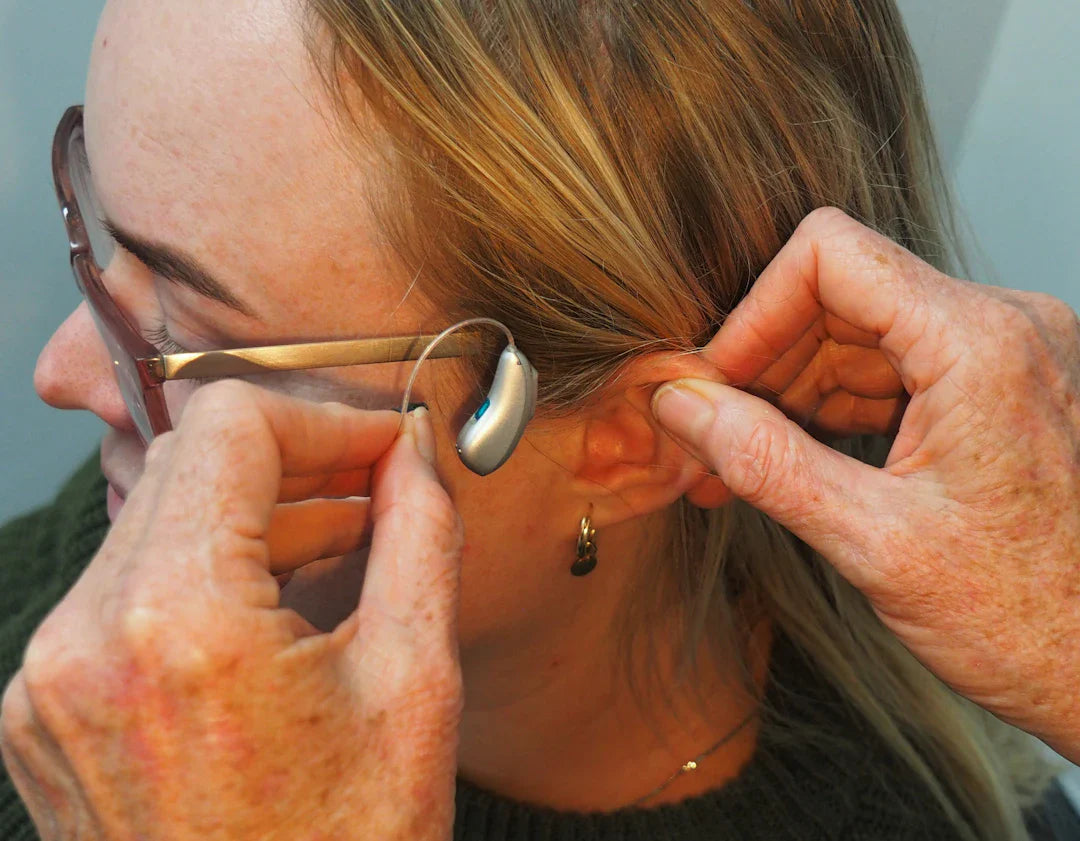Hearing loss can present challenges in communication, but with the right strategies, you can effectively engage with individuals who have hearing difficulties. Whether you are interacting with someone who uses hearing aids like Phonak, Widex, Signia, or GN Resound, or they are in need of earwax removal services, employing proper communication techniques is key to fostering effective conversations.
1. Maintain Eye Contact
When speaking with someone who has hearing loss, ensure you maintain eye contact throughout the conversation. This helps them to better understand facial expressions and lip movements, aiding in comprehension.
2. Speak Clearly and Slowly
Enunciate your words clearly and at a moderate pace. Avoid shouting, as it can distort the sound and make it harder for individuals with hearing loss to follow the conversation.
3. Minimize Background Noise
To improve communication clarity, move to a quiet space with minimal background noise. Background noise can interfere with hearing aid users' ability to discern speech.
4. Rephrase Instead of Repeat
If the individual struggles to understand a particular phrase, try rephrasing it instead of repeating the same sentence. This offers a fresh perspective and may aid in comprehension.
5. Use Gestures and Facial Expressions
Incorporating gestures and facial expressions can enhance communication by providing additional context to the conversation. However, avoid excessive hand movements, as they can be distracting.
6. Ensure Proper Lighting
Good lighting is essential for visual communication cues. Make sure the individual can see your face clearly to pick up on visual cues that complement auditory information.
7. Consider Assistive Listening Devices
For more challenging listening environments, consider using assistive listening devices that can help amplify the sound for individuals with hearing loss. These devices can work alongside hearing aids to enhance communication.
8. Give the Person Your Full Attention
When communicating with someone who has hearing loss, give them your full attention. Avoid multitasking or looking away, as it can hinder their ability to follow the conversation.
9. Be Patient and Understanding
Patience is key when engaging with individuals who have hearing loss. Understand that they may require additional time to process information and respond accordingly.
10. Encourage Open Communication
Encourage the individual to communicate any difficulties they may be experiencing during the conversation. Creating an open dialogue can help address communication barriers effectively.
11. Stay Positive and Supportive
Approach the conversation with a positive and supportive attitude. This can help alleviate any feelings of frustration that may arise from communication challenges.
12. Conclusion: Foster Clear and Compassionate Communication
Effective communication with individuals who have hearing loss is essential for building strong relationships and ensuring mutual understanding. By implementing these strategies and being mindful of the unique needs of individuals with hearing difficulties, you can create a supportive environment that promotes clear and compassionate communication.
Remember, communication is a two-way street, and by making small adjustments and showing empathy, you can greatly improve interactions with those who have hearing loss.




